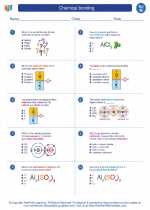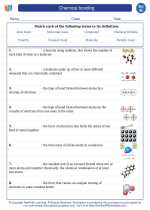Morphallaxis
Morphallaxis is a biological process in which an organism is able to regenerate lost or damaged body parts without the need for cell division or the formation of new tissues. This process is particularly common in simple organisms such as hydra, planarians, and some types of worms.
Process of Morphallaxis
During morphallaxis, the existing cells within the organism undergo reorganization and differentiation to create new structures. This can occur through the rearrangement of existing cells or through the transformation of differentiated cells into different cell types to replace the lost or damaged body parts.
Regeneration in Planarians
Planarians are a classic example of organisms that exhibit morphallaxis. When a planarian is cut into pieces, each fragment has the ability to regenerate into a complete organism. This is made possible by the presence of pluripotent stem cells in planarians, which have the ability to differentiate into any type of cell needed for regeneration.
Significance of Morphallaxis
Studying morphallaxis can provide insights into the mechanisms of tissue regeneration and the potential applications in the field of regenerative medicine. Understanding how organisms are able to regenerate without the need for extensive cell division or the formation of new tissues may offer valuable knowledge for developing new approaches to tissue repair and regeneration in humans.
Study Guide
- What is morphallaxis?
- Describe the process of morphallaxis.
- Provide an example of an organism that exhibits morphallaxis.
- Explain the significance of studying morphallaxis.
◂Science Worksheets and Study Guides Eighth Grade. Chemical bonding

 Worksheet/Answer key
Worksheet/Answer key
 Worksheet/Answer key
Worksheet/Answer key
 Worksheet/Answer key
Worksheet/Answer key
 Vocabulary/Answer key
Vocabulary/Answer key
